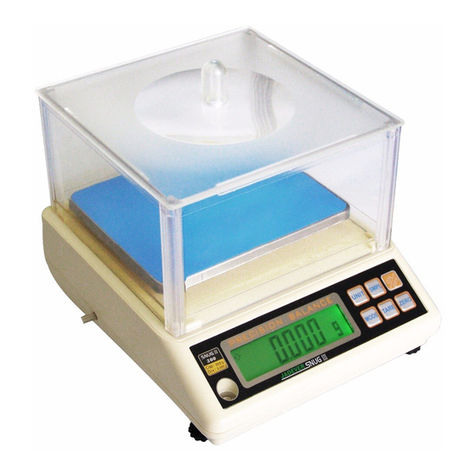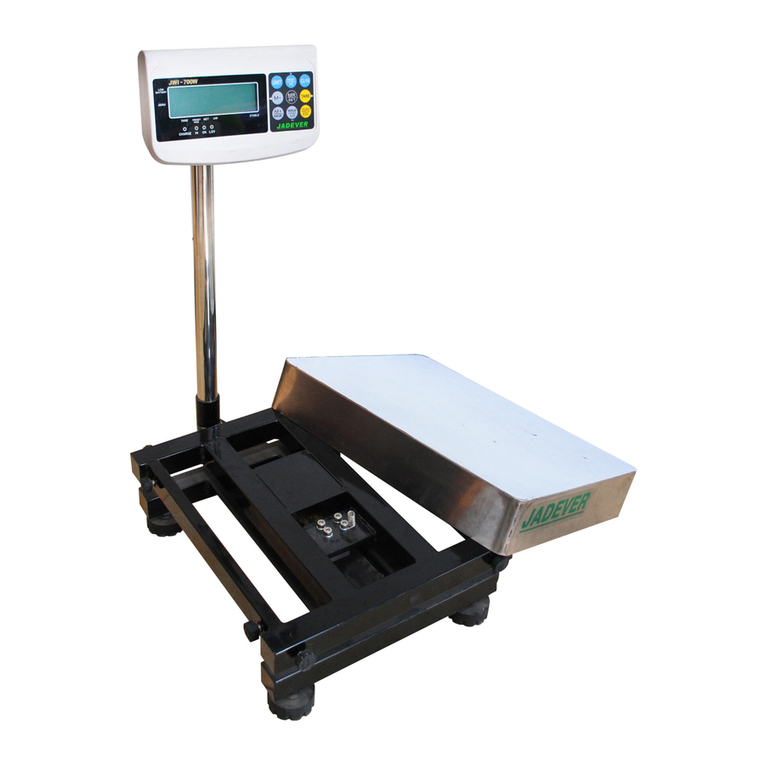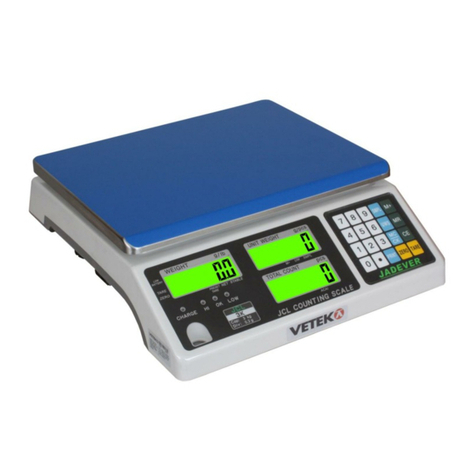Jadever JWE User manual
Other Jadever Scale manuals
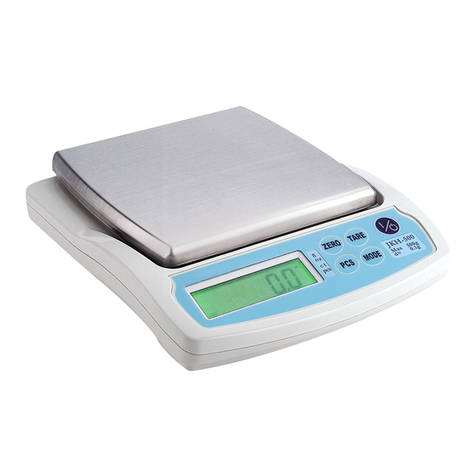
Jadever
Jadever JKH User manual

Jadever
Jadever LGCN-3075 User manual
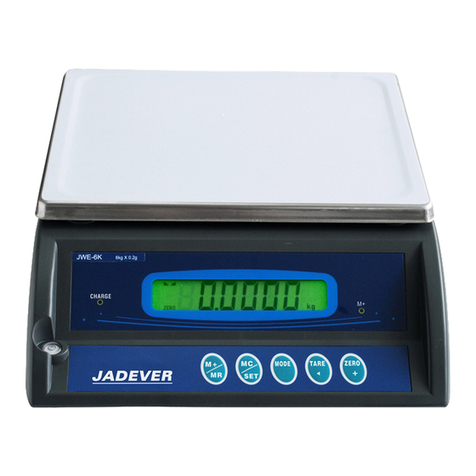
Jadever
Jadever JWE User manual
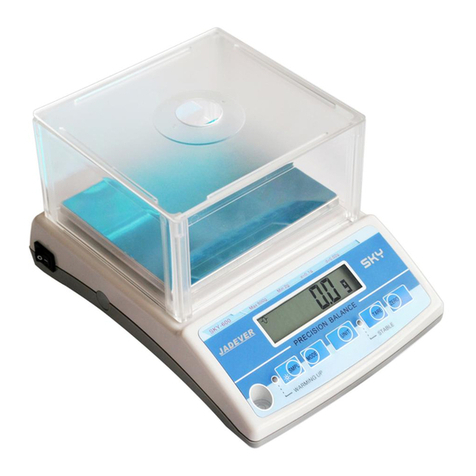
Jadever
Jadever Jadever SKY User manual
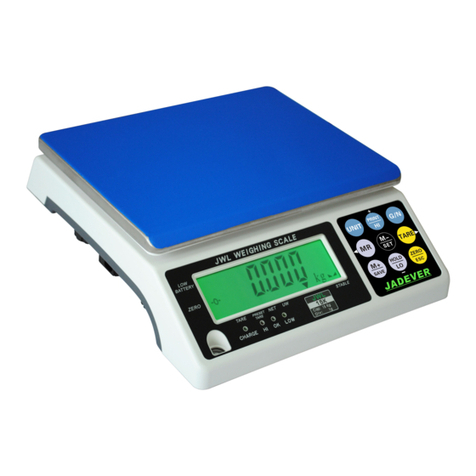
Jadever
Jadever JWL-1.5K User manual
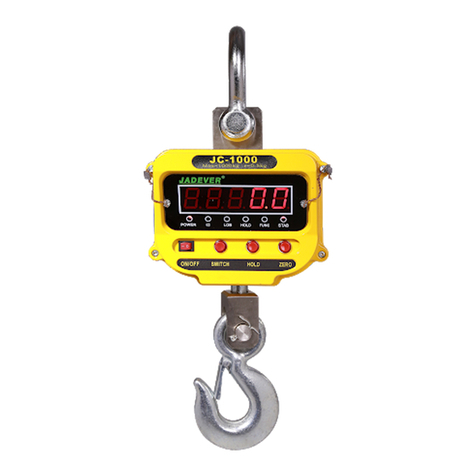
Jadever
Jadever JC User manual
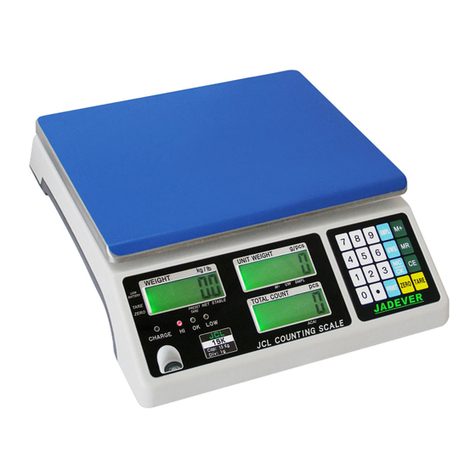
Jadever
Jadever JCN User manual
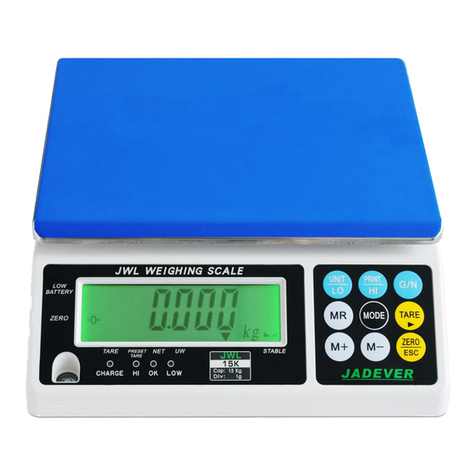
Jadever
Jadever 1.5K User manual
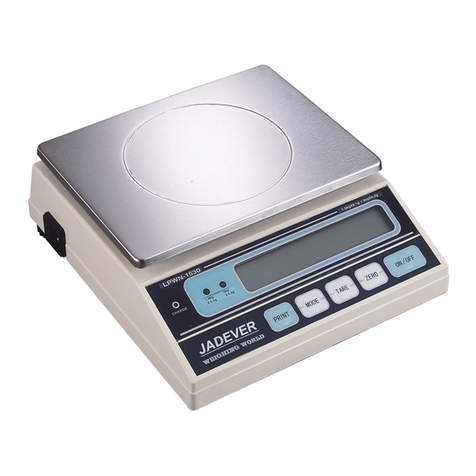
Jadever
Jadever LPWN-1530 User manual
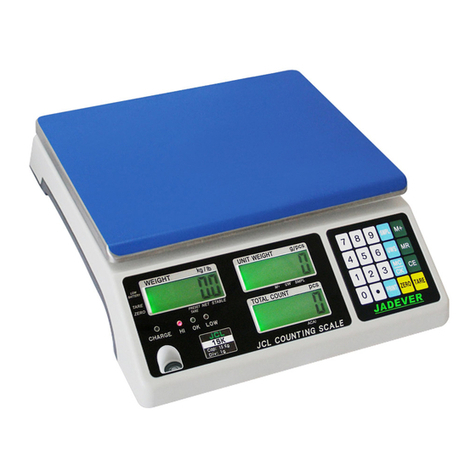
Jadever
Jadever JCL-3K User manual
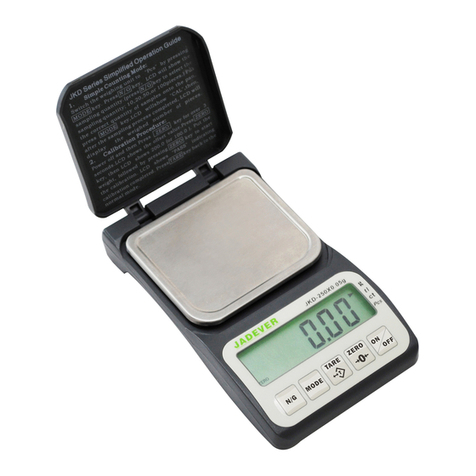
Jadever
Jadever JKD 250 User manual
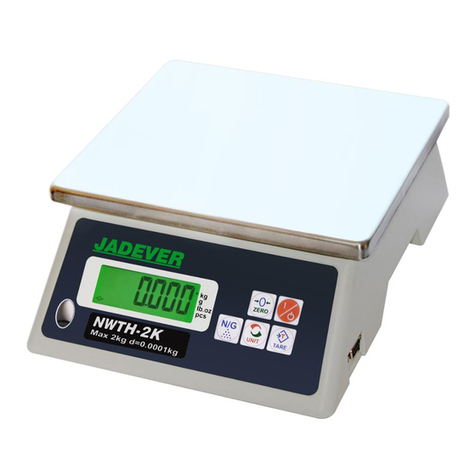
Jadever
Jadever NWTE User manual

Jadever
Jadever JCAII User manual

Jadever
Jadever JWE User manual
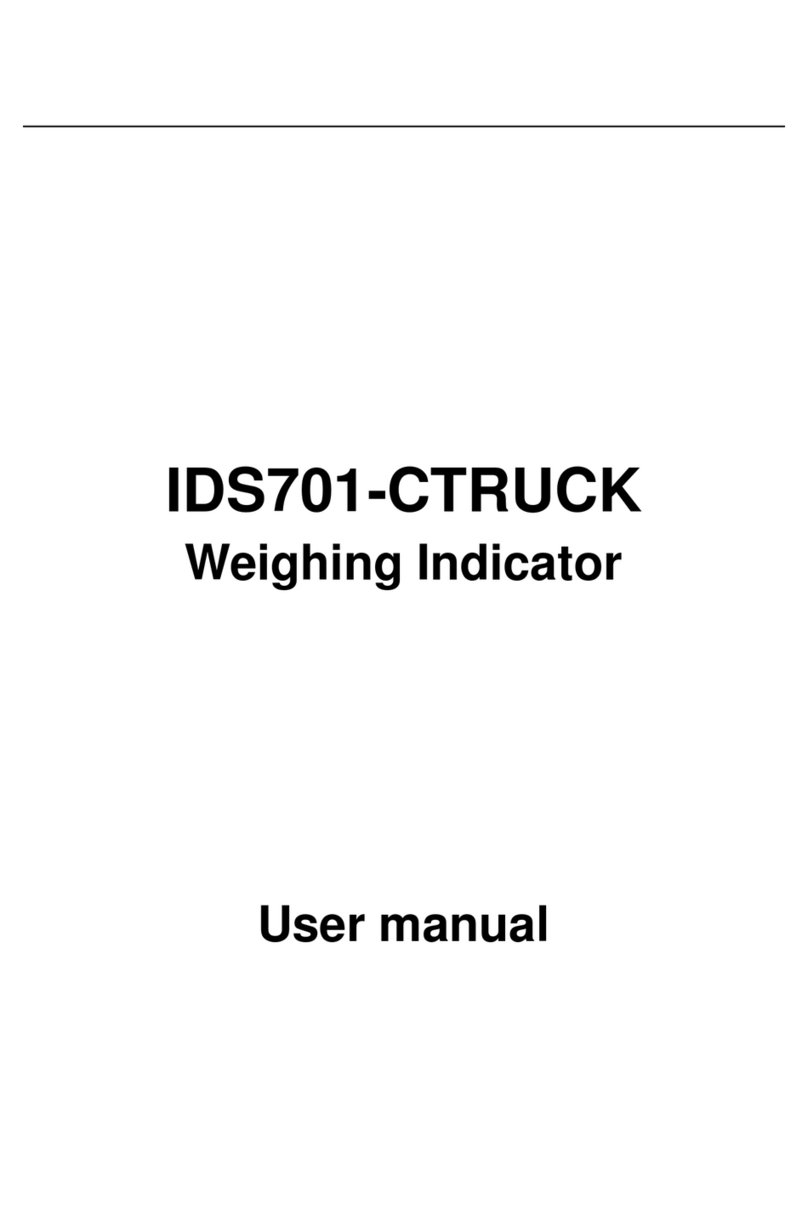
Jadever
Jadever IDS701-CTRUCK User manual
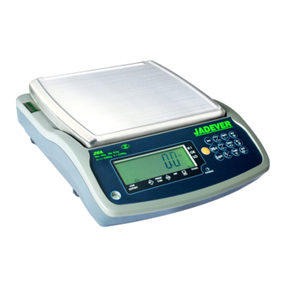
Jadever
Jadever JWA series User manual
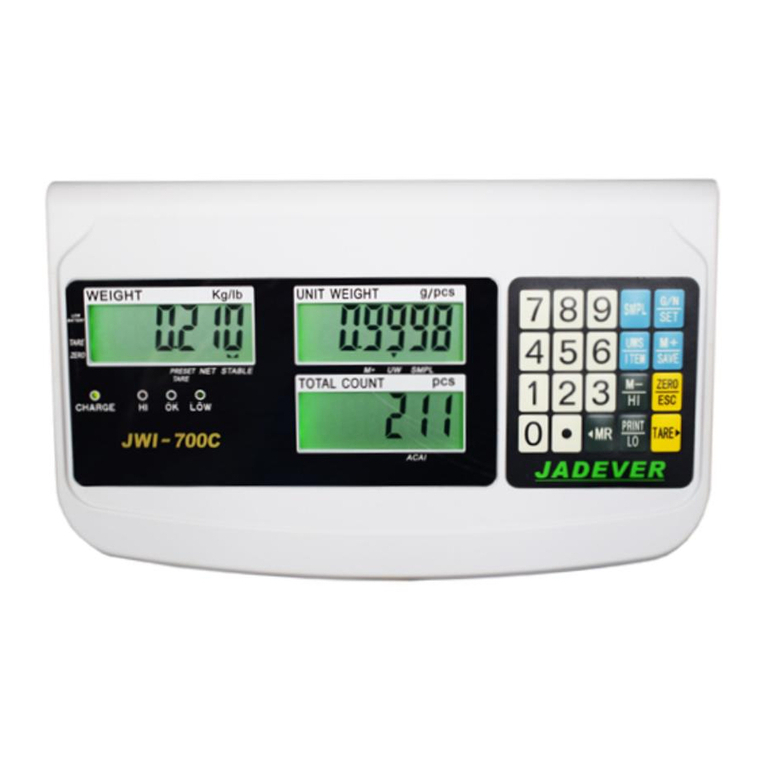
Jadever
Jadever JWI 700C User manual
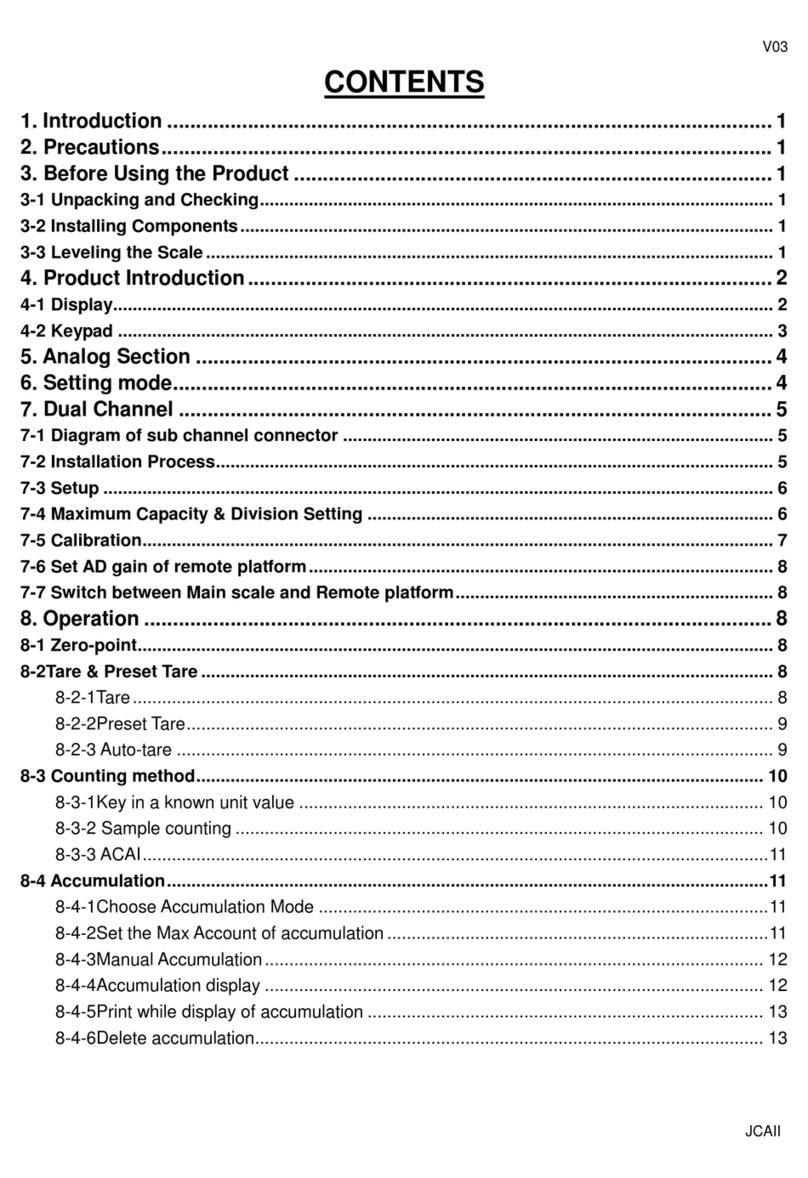
Jadever
Jadever JCAII User manual
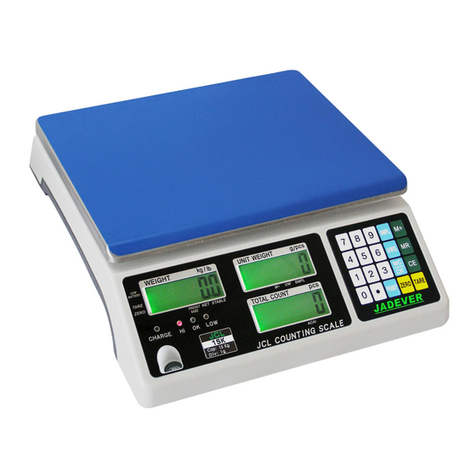
Jadever
Jadever JCL Series User manual

Jadever
Jadever JWI-501 Series User manual
